6 Tips for Strength Building in Yoga
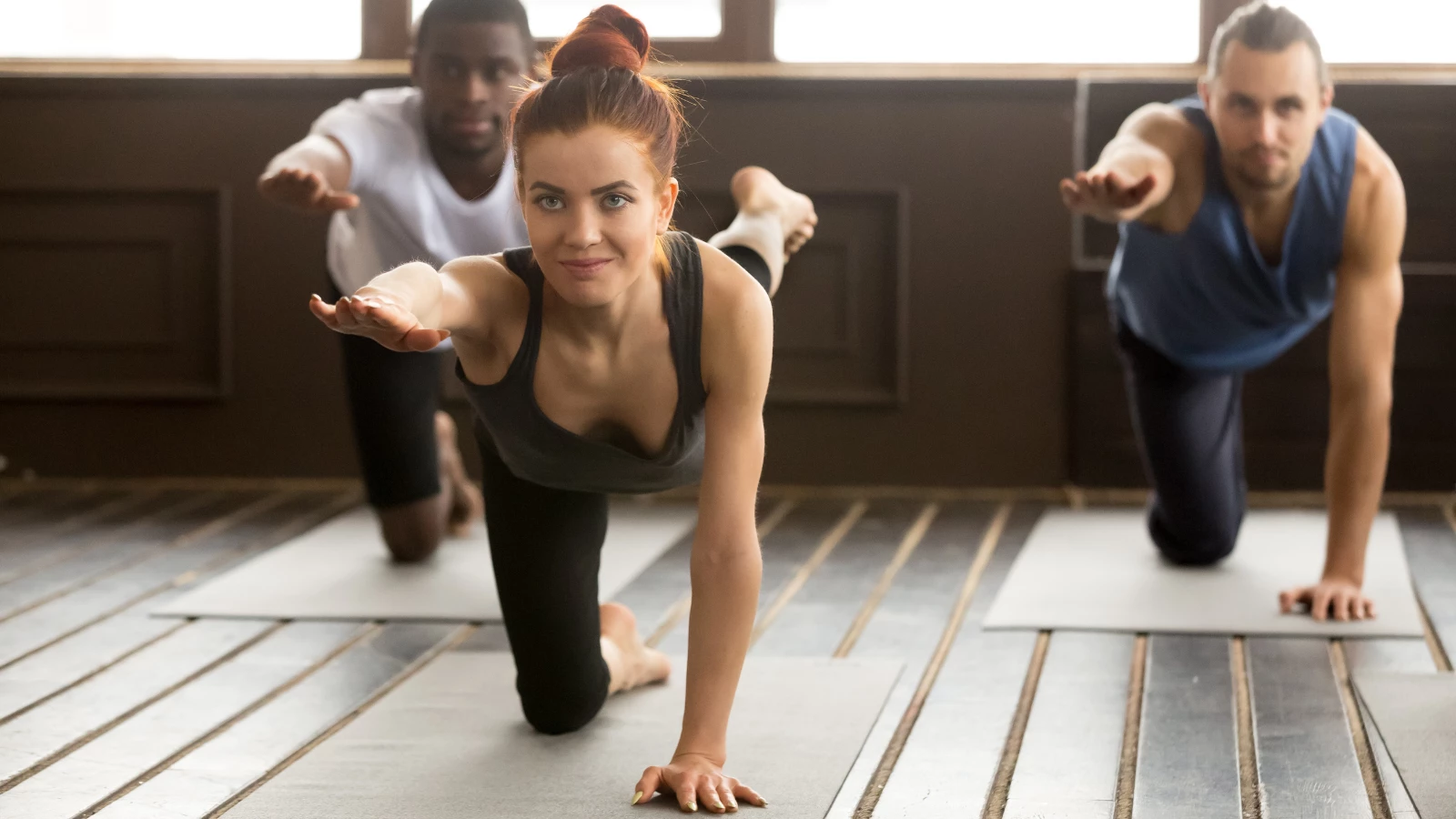
Article At A Glance
One of the wonderful things about the asana practice is that all active yoga poses are weight-bearing, even if you are bearing weight on some body part besides your feet. They all require muscle contraction in some form. So any active yoga pose will strengthen both your bones and muscles. A well-rounded active yoga practice that includes a good mix of standing poses, backbends, twists, and forward bends will provide all-around muscle and bone strength building.
But if you want to focus specifically on strength in your yoga practice, you can enhance the effects of your practice by choosing the best poses for your needs, holding those poses for the best amount of time, practicing those regularly, and using a few other techniques that I’m outlining here. I hope that many of you find these tips helpful!
Tip 1: Target Strengthening
You can use yoga to focus on strengthening a particular area rather than just all-around strength building. For example, if you have knee arthritis and want to work on leg strength, you can choose poses that will help with that particular aim. The following categories will help you figure out what to emphasize in your practice.
Poses for Leg and Hip Strength Building 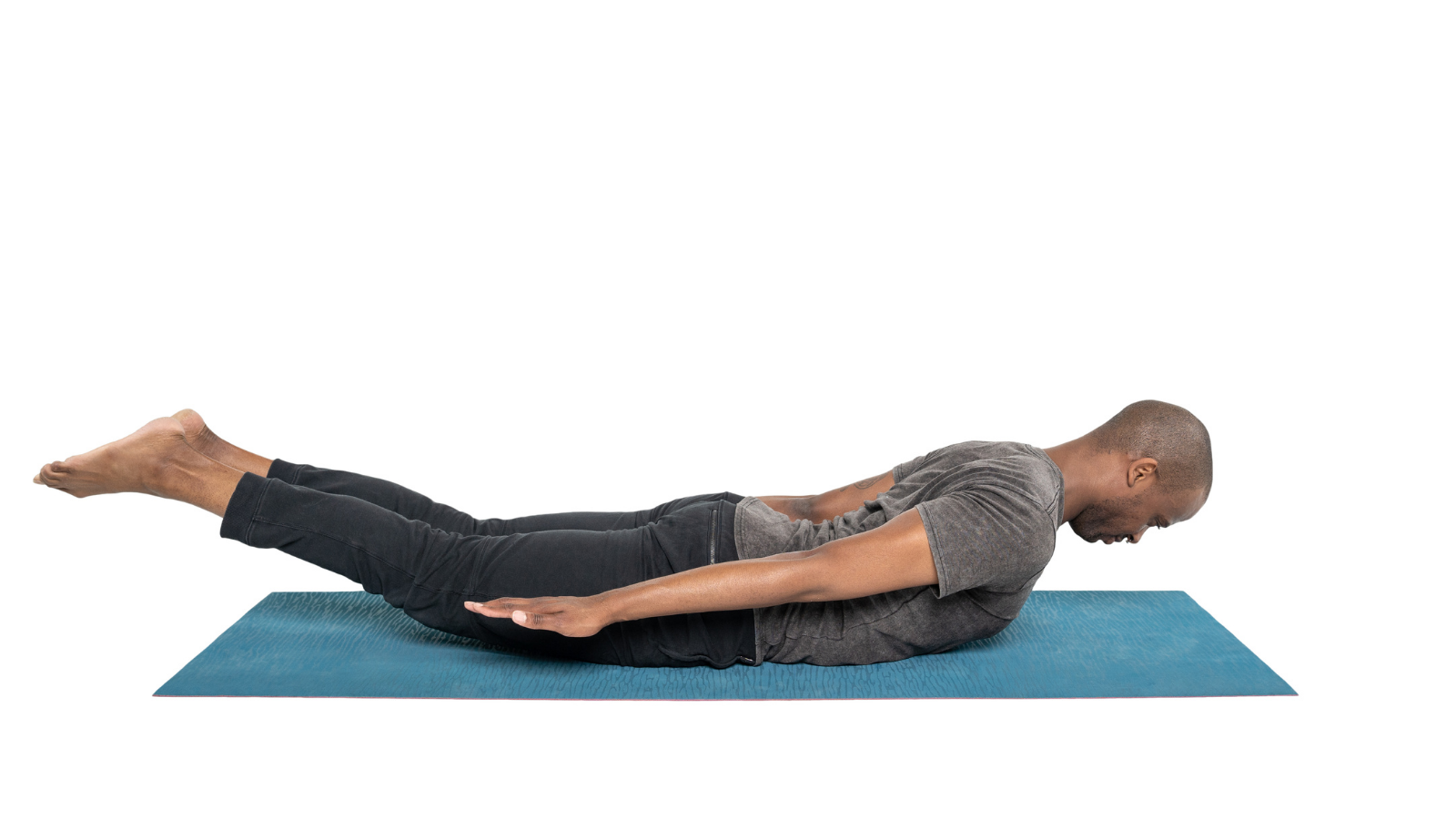
Any poses where you stand on one or both legs, especially with one or both knees bent, are strengthening for legs and hips. Also strengthening for hips and legs are poses where you lift your leg or legs away from the ground, for example, in Locust Pose (Salabasana) or Boat Pose (Navasana).
Poses for Arm and Shoulder Strength Building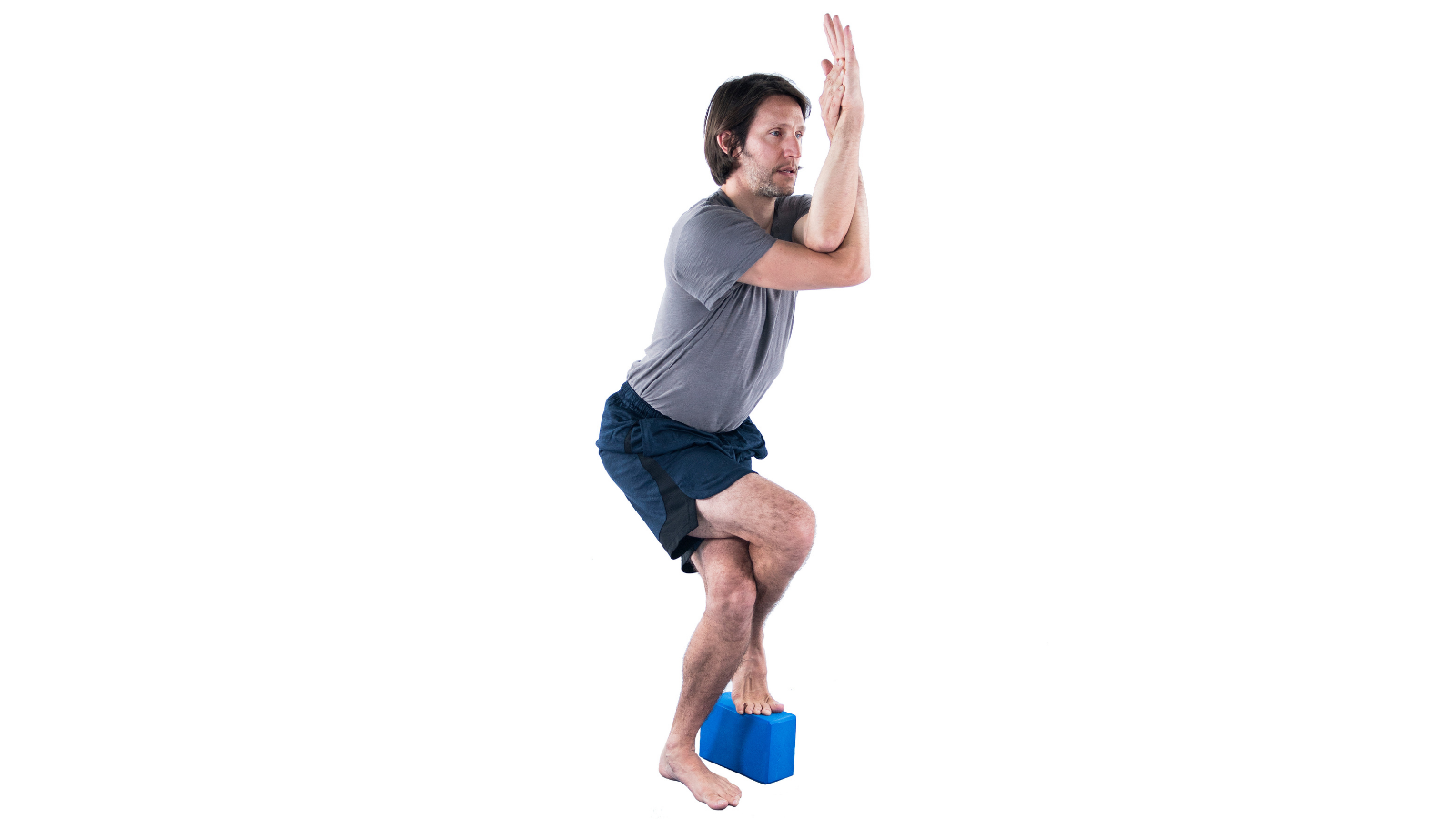
Any pose where you bear weight on hands or forearms will strengthen your arms and shoulders. (To strengthen your wrists, you need to bear weight on your hands.) Also strength building for arms and shoulders are any poses where you lift your arms away from the floor, either out to the sides, as in Warrior II Pose (Virabhadrasana II); overhead, as in Warrior I Pose (Virabhadrasana I); forward, as in Eagle Pose (Garudhasana); or behind your back, as in Locust Pose.
Poses for Core Strength Building
These include any poses where you lift your leg or legs away from the floor, such as Hunting Dog Pose (Parsva Balasana), Locust Pose, and Boat Pose. Also included are poses where you tip your torso to the front, side, or back, such as Triangle Pose (Trikonasana), Half Standing Forward Bend Pose (Ardha Uttanasana), or Standing Backbend Pose. Finally, any pose where you lift your hips away from the floor, such as Plank Pose (Phalakasana), Side Plank Pose (Vasisthasana), and Upward Plank Pose (Urdhva Phalakasana), can build core strength.
Poses for Back and Spinal Strength Building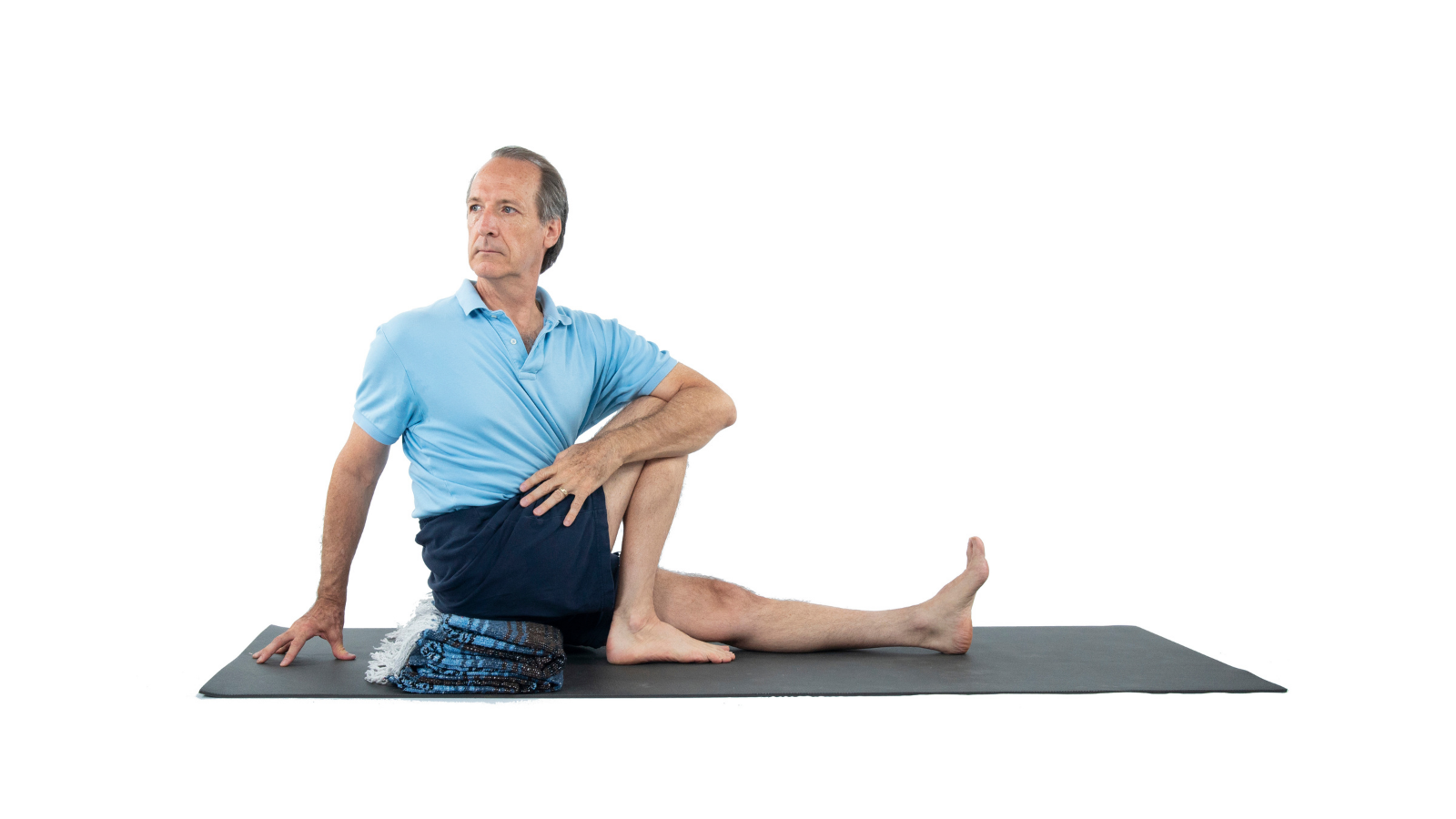
Both standing and seated twists help strengthen spinal bones and the muscles of your back that support your spine. Standing, prone, and reclined backbends will strengthen overall back muscles.
Tip 2: Hold or Repeat the Poses
For muscle strength building in static poses, you can either work on muscle strength or endurance. To work on muscle strength alone, hold the pose at least 8 to 10 seconds and consider repeating the pose several times. To work on endurance, hold the pose as long as you safely can, gradually working up to longer and longer holds. For bone strength in static poses, if possible hold the pose for 30 seconds or more.
If you’re too weak or fatigued to stay in a pose for the recommended timings, hold the pose for as long as you safely can and then come out. Gradually over the next several weeks work your way up to longer and longer holds.
For muscle strength in dynamic poses, you can either move in and out of the pose with your breath or hold the full pose within the vinyasa for at least 8 to 10 seconds to enhance strength building. For bone strength in dynamic poses, based on what we know about weight-bearing movements, such as walking and running, practice poses dynamically for bone strength in sets of six repetitions.
Tip 3: Alternate Strength Building and Resting
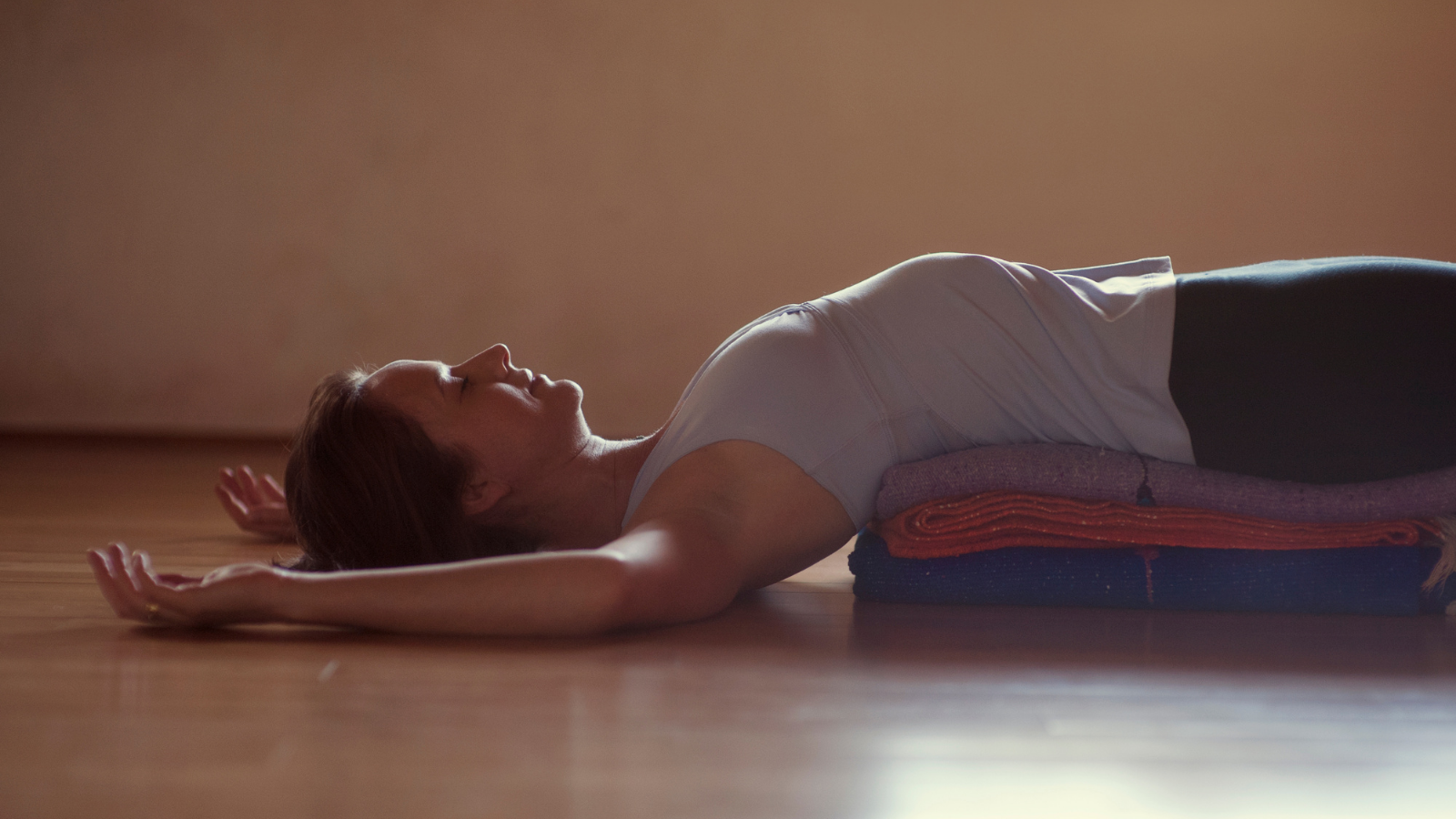
Muscles need a day of rest between exercise sessions when you are working on strength building. So generally you shouldn’t exercise the same muscle group on consecutive days. However, you can do muscle strength-building yoga poses every day if you focus on different areas of your body on each day. For example, you can alternate between upper body, lower body, and core strength. Or you can alternate strength-building practice days with gentle stretching, restorative yoga, or sessions of breath work and/or meditation. If you are practicing for bone strength, follow the same suggestions.
Tip 4: Balance Your Practice
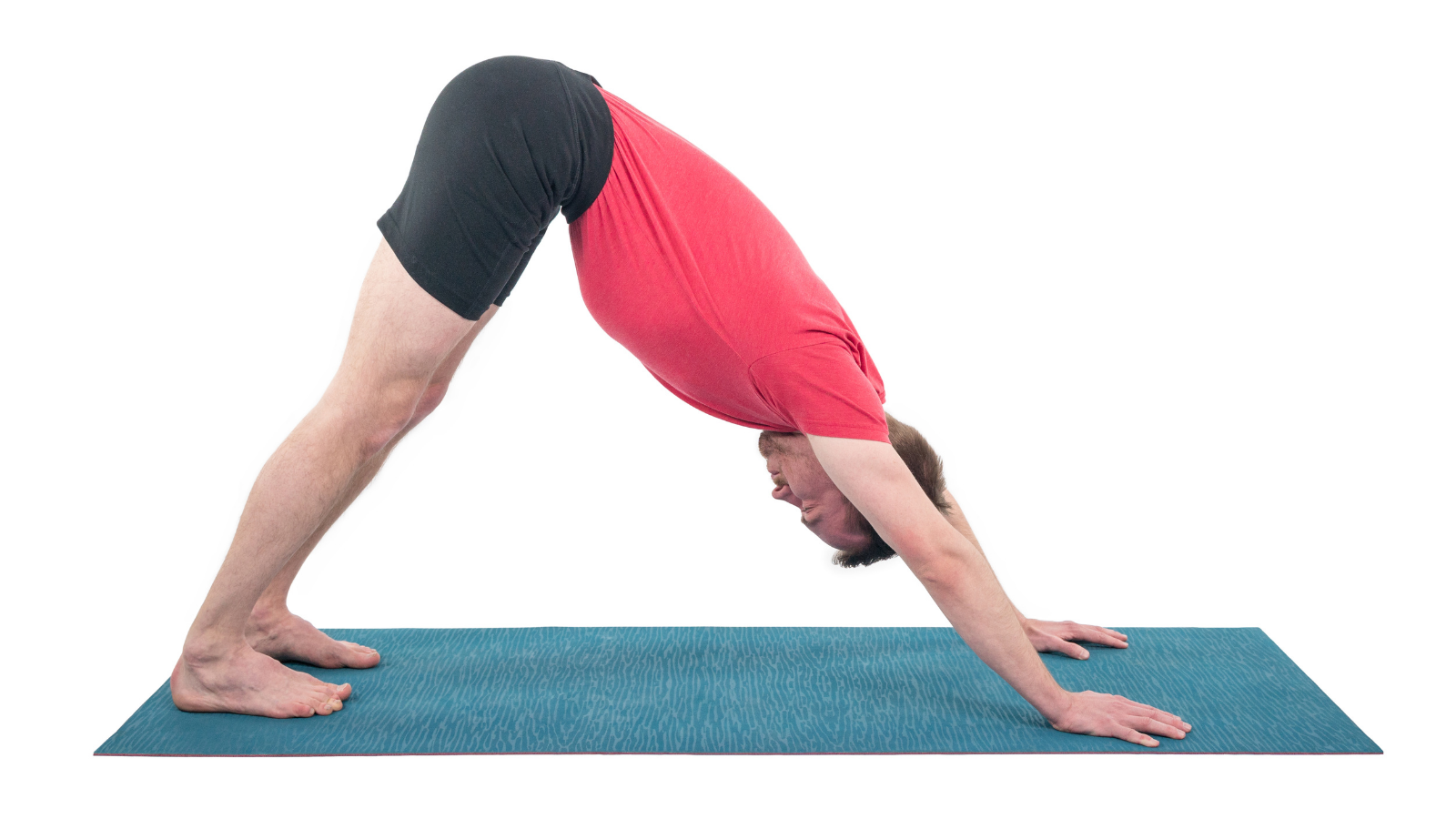 To balance your strength building, make sure your practice includes poses of all the basic types: standing poses, backbends, forward bends, and twists, as long as they are safe for you. Of course, you don’t need to do all these basic types within a single practice. Just try to get to them some time each week. Also, try to include poses where you bear weight on your hands as well as sitting bones, shins, and so on, such as Downward Facing Dog Pose (Adho Mukha Svanasana), Side Plank Pose, Hunting Dog Pose, and Boat Pose.
To balance your strength building, make sure your practice includes poses of all the basic types: standing poses, backbends, forward bends, and twists, as long as they are safe for you. Of course, you don’t need to do all these basic types within a single practice. Just try to get to them some time each week. Also, try to include poses where you bear weight on your hands as well as sitting bones, shins, and so on, such as Downward Facing Dog Pose (Adho Mukha Svanasana), Side Plank Pose, Hunting Dog Pose, and Boat Pose.
Tip 5: Stretch as Well as Strengthen
Because your body’s response to stretching and strengthening is similar in promoting muscle growth, poses that you might think of as “just stretching” actually also enhance strength. So when practicing for flexibility you’ll be increasing strength. You can enhance your strength building in a stretch (and improve the stretch) by adding in muscle activation for stretching.
Tip 6: Consciously Activate Muscles for Extra Strength Building
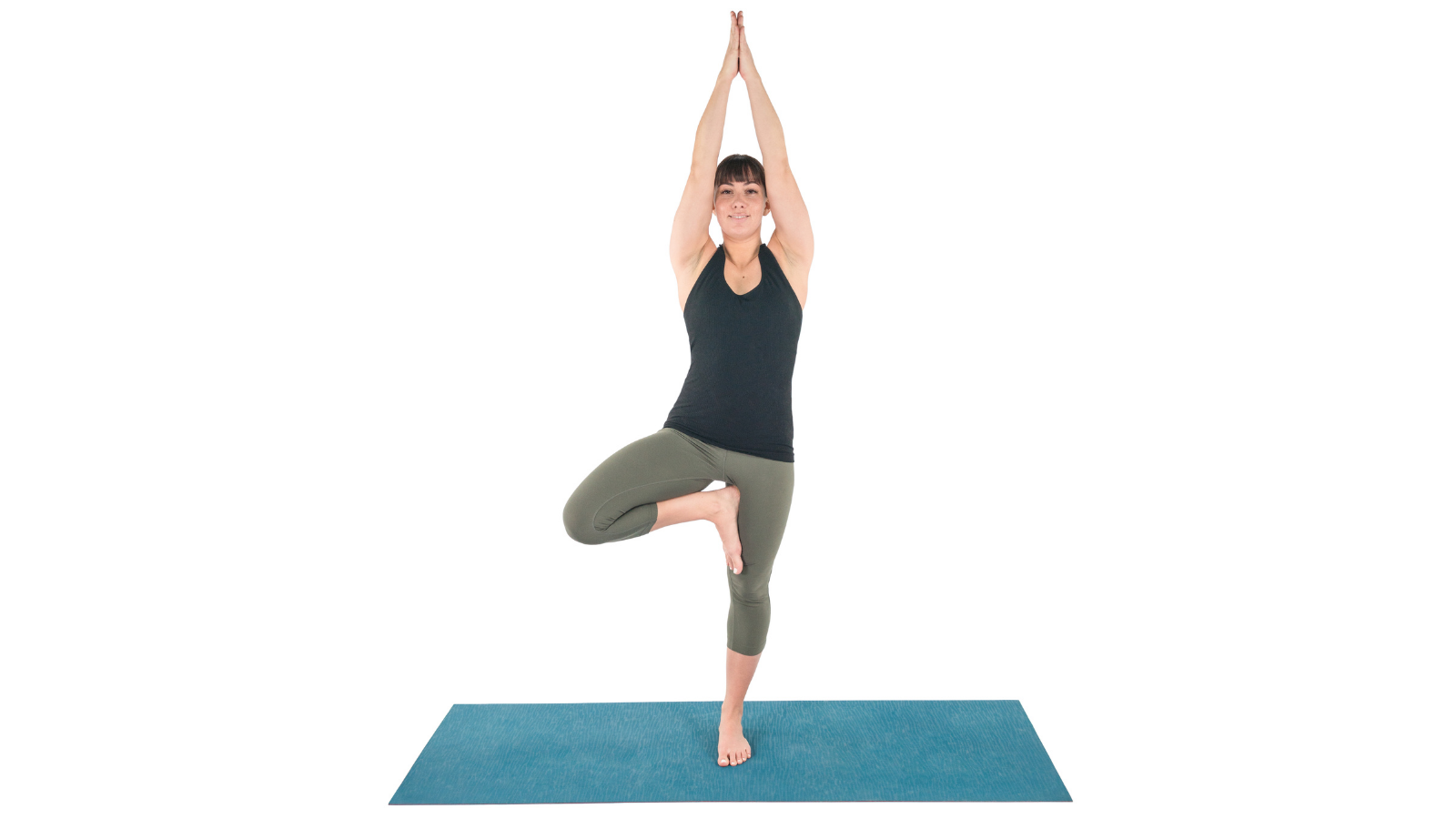 Although a weight-bearing pose on its own will strengthen bones that are actually bearing your weight, if you consciously contract the muscles holding you up by firming them toward the bones, you will enhance the bone-strengthening effects of the pose. For example, if you’re standing in Tree Pose (Vrksasana), firming your leg muscles will enhance bone building in the standing leg.
Although a weight-bearing pose on its own will strengthen bones that are actually bearing your weight, if you consciously contract the muscles holding you up by firming them toward the bones, you will enhance the bone-strengthening effects of the pose. For example, if you’re standing in Tree Pose (Vrksasana), firming your leg muscles will enhance bone building in the standing leg.
For strengthening muscles, you can strengthen more than just the obviously active muscles by consciously contracting other muscles as you work in the pose. For example, in Downward Facing Dog Pose, firm all your arm muscles and shoulder muscles toward the bone. When you want to strengthen your hip area, in a standing pose, for example, you can slowly engage the muscles all around your hip joints, while ensuring that this action does not pull you out of good alignment.
To achieve these benefits, contract your muscles gently rather than strongly. Strongly contracting a muscle noticeably shortens the muscle, which seems to prevent you from moving as freely in the pose. On the other hand, gently firming a muscle toward the bone provides muscular support without interfering as much with movement. If you’re not used to working this way, it may take some practice. Take it in two steps:
- Consciously relax the muscle, allowing it to lengthen.
- Gently firm the muscle toward the bone.
Also, read...
Warrior I Pose: 5 Strengthening Variations
Deepening Your Home Yoga Practice: An Interview with Judith Hanson Lasater
4 Easy Ways to Use a Sandbag in Yoga Practice
Related courses
Breath as Medicine: Yogic Breathing for Vital Aging
Yoga and Myofascial Release: Releasing Chronic Tension with the Bodymind Ballwork Method
Yoga and Detoxification: Tips for Stimulating Lymphatic Health

Nina Zolotow, RYT 500, the author of the forthcoming book “Yoga for Times of Change” and the Editor-in-Chief of the Yoga for Healthy Aging blog, is both a yoga writer and a yoga teacher. She trained to be a yoga teacher at The Yoga Room in Berkeley, California, has studied yoga therapy with Shari Ser and Bonnie Maeda, and is especially influenced by the teachings of Donald Moyer. She also studied extensively with Rodney Yee and is inspired by the teachings of Patricia Walden on yoga for emotional healing. Her special area of expertise is yoga for emotional well-being (including yoga for stress, insomnia, depression, and anxiety). She teaches workshops and series classes on yoga for emotional well-being, stress management, better sleep, home practice, and cultivating equanimity.
Nina is the co-author with Baxter Bell of Yoga for Healthy Aging: A Guide to Lifelong Well-Being and co-author with Rodney Yee of Yoga: The Poetry of the Body (with its companion 50 Card Practice Deck) and Moving Toward Balance. She is also the author of numerous articles on yoga and alternative medicine.



